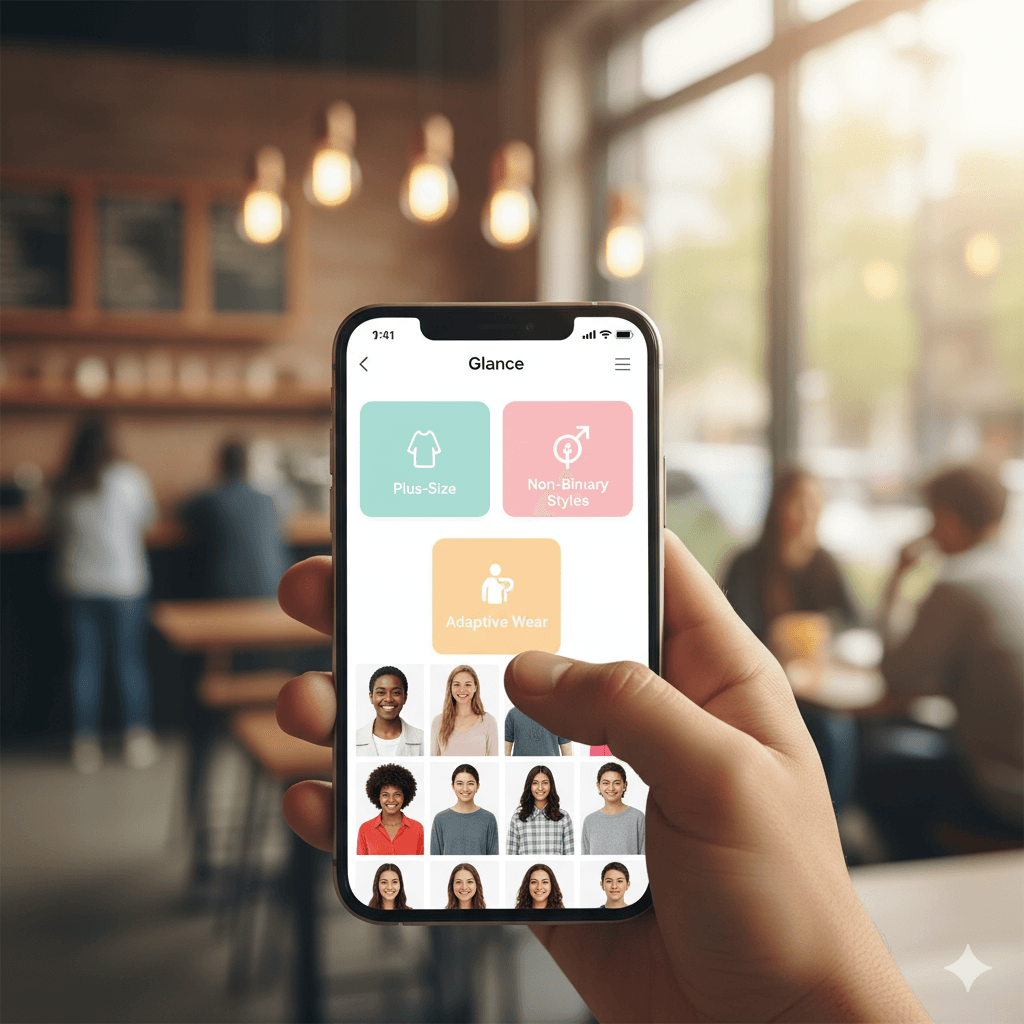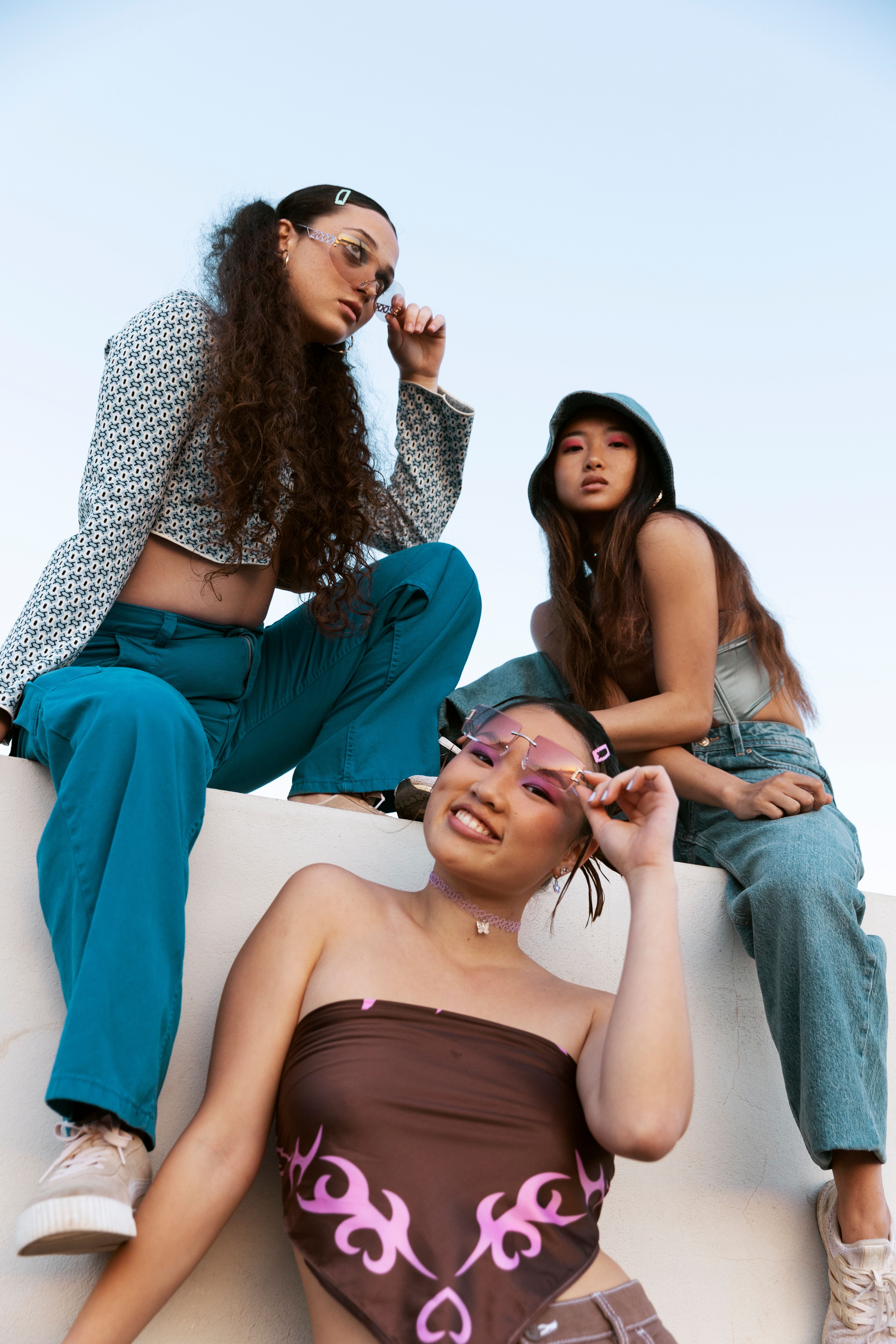Save More, Style Better: Best Low Price Shopping Apps India
How AI Is Transforming Fabric Authentication in Fashion
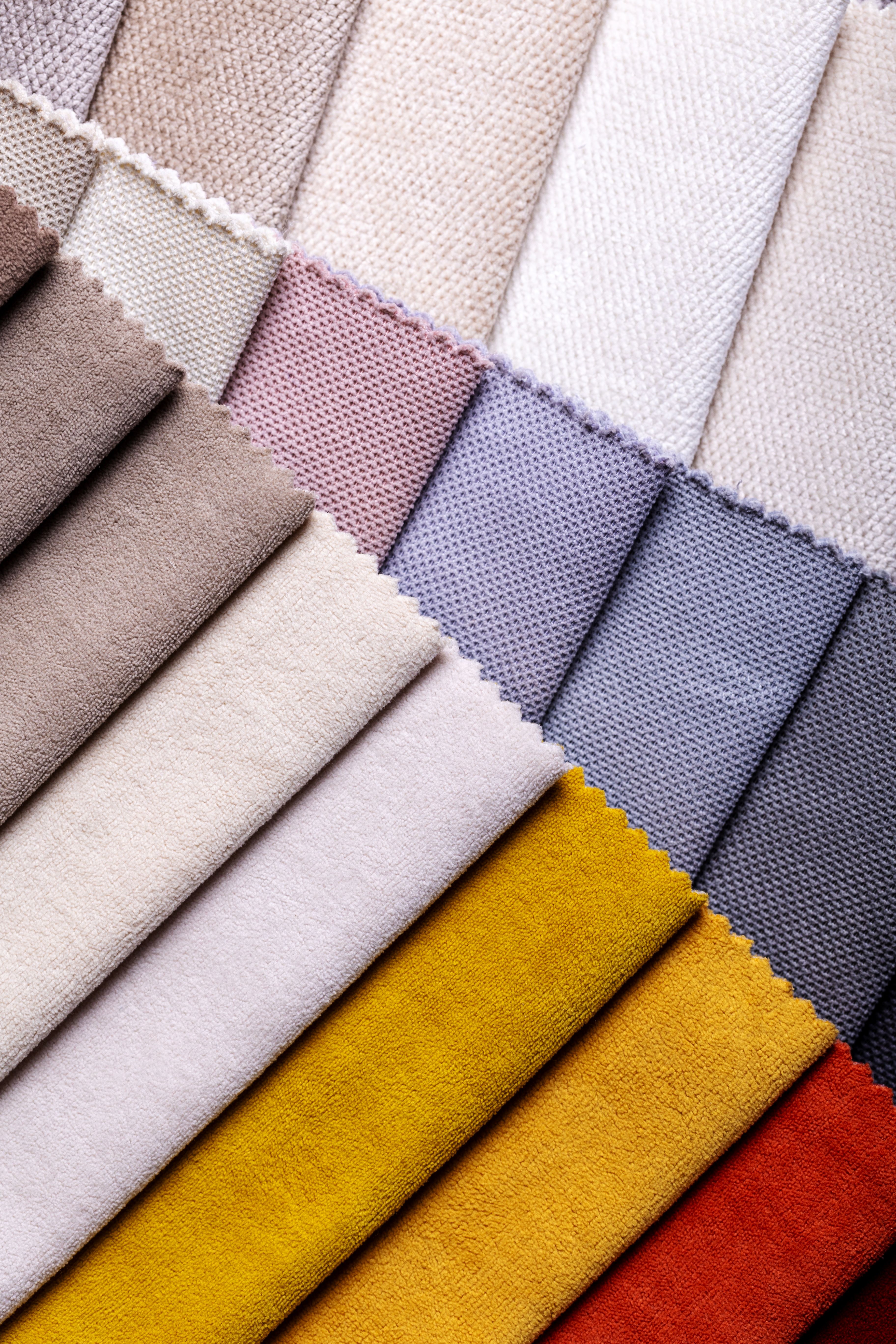

TL;DR
The rise of counterfeit fabrics has challenged fashion brands, artisans, and consumers alike. With AI fabric authentication, textile fraud detection has entered a new era of accuracy and accessibility — where machine learning and vision models can verify authenticity with over 99.99% precision. Beyond luxury houses, AI tools now empower small designers, marketplaces, and everyday shoppers to make confident choices. At the center of this movement stands Glance AI, your AI Twin, helping personalize authenticity checks, promote inclusivity, and simplify fabric discovery in a transparent, tech-powered fashion world.
Introduction: The Hidden Cost of Counterfeit Fabrics
From designer boutiques to online marketplaces, counterfeit textiles have quietly infiltrated the global fashion supply chain. What might seem like a simple imitation—an “almost same” silk or branded cotton—actually represents a serious threat to both businesses and consumers.
According to global trade estimates, counterfeit goods were valued at USD 467 billion, with fashion, footwear, and leather goods making up nearly 62% of all seized items. Fake fabrics not only erode brand trust but also contribute to unethical labor practices, waste, and pollution.
Consumers, meanwhile, are often left unsure about what they’re buying. Is that fabric really organic? Is that pashmina truly handwoven? Can you tell the difference just by touch?
This is where AI fabric authentication has become a game changer. By using deep learning, computer vision, and spectroscopy, AI can detect fake fabrics, verify authenticity, and even identify weaving origins — within seconds.
And with Glance AI’s vision-led approach to personalization and inclusivity, this advanced technology is no longer reserved for elite fashion houses — it’s accessible to every designer, retailer, and shopper who values truth and transparency.
Why Fabric Authentication Matters More Than Ever
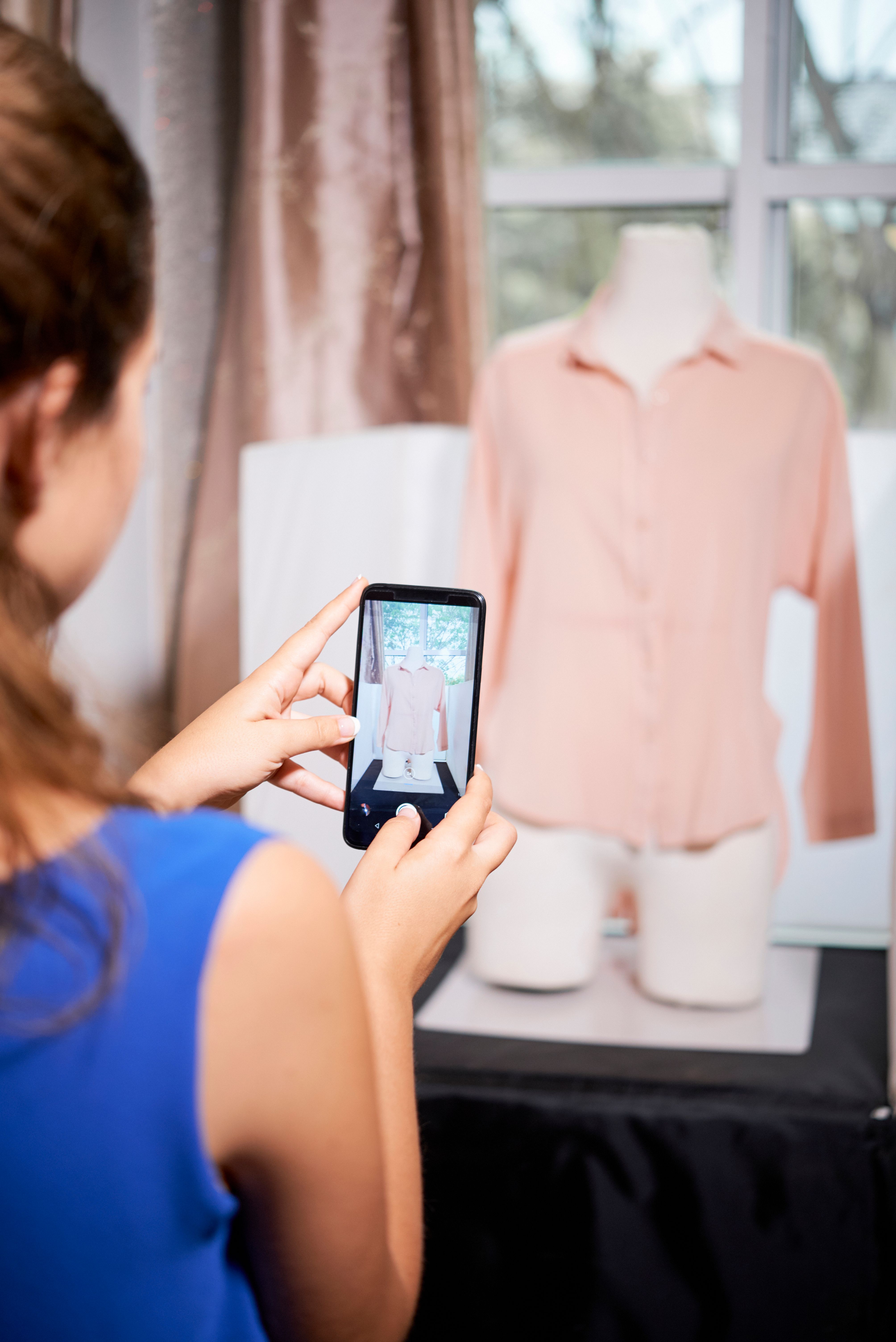
The textile industry is both vast and vulnerable. With supply chains stretching across continents, it’s easy for mislabeling, imitation, or substitution to occur. A small change in fiber composition or weave pattern can turn an authentic product into a counterfeit one.
For brands, this means:
- Revenue loss from counterfeit infiltration.
- Reputation damage when consumers lose trust.
- Compliance issues around sustainability claims.
For consumers, it means frustration — paying for quality that isn’t real, or unknowingly supporting unethical production.
Authenticity, once guaranteed by brand logos or certificates, now requires digital verification. AI steps in as the silent guardian, scanning patterns, fibers, and weaves invisible to the human eye, ensuring that each thread tells the truth.
But AI’s power doesn’t stop at detection. It also brings democratization — making complex authentication tools simple, inclusive, and accessible for everyone.
How AI Fabric Authentication Works
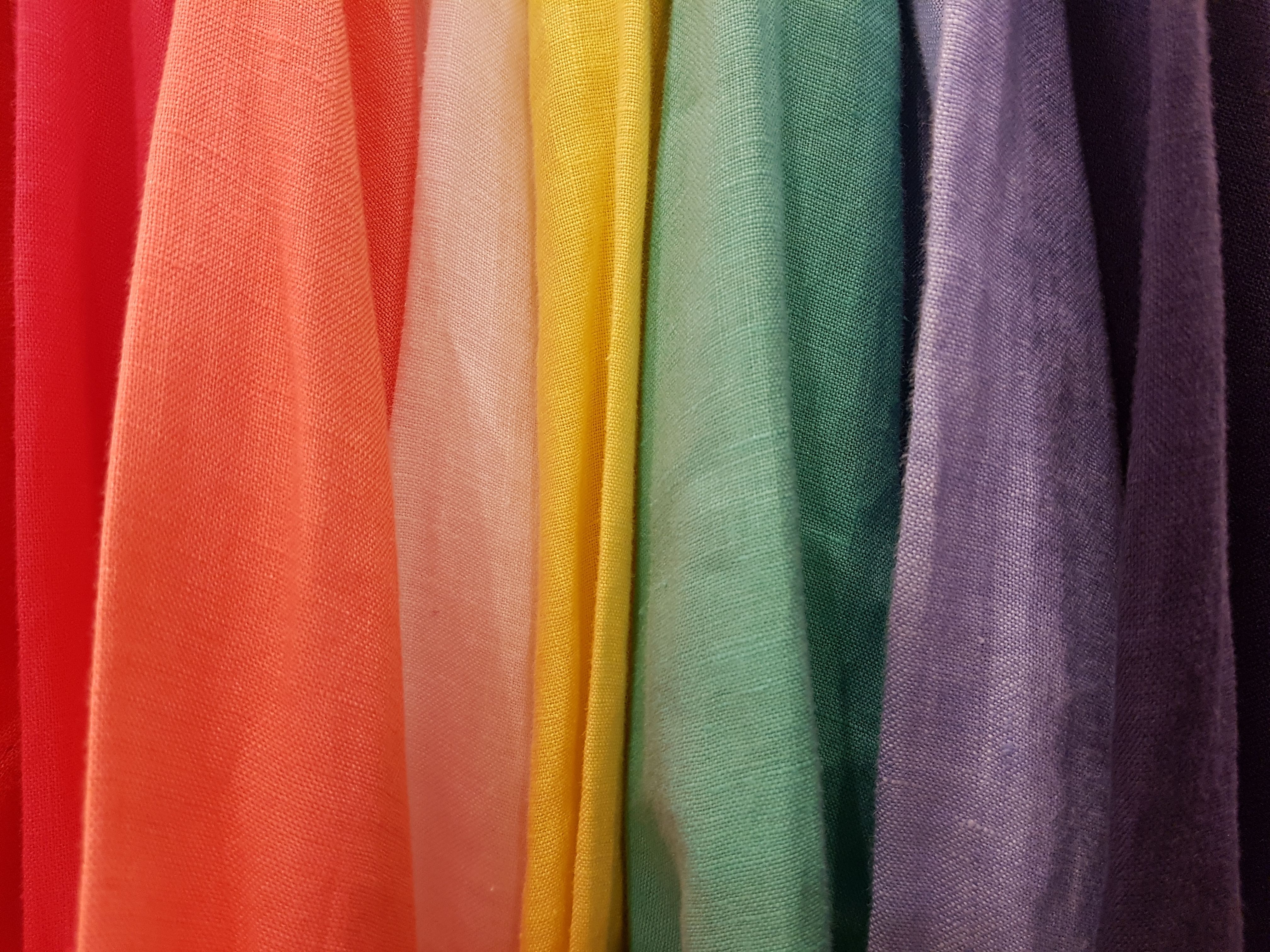
At its core, AI fabric authentication is a mix of machine vision, deep learning, and spectral analysis.
Step-by-Step Process:
- Image Capture – AI-enabled cameras or smartphones capture fabric textures, patterns, or fibers.
- Feature Extraction – Deep learning models analyze thousands of micro-patterns: weave density, fiber thickness, stitching patterns, or color tone variation.
- Pattern Comparison – These features are matched against verified samples of authentic fabrics stored in large databases.
- Anomaly Detection – AI flags inconsistencies — such as irregular weave, off-color tone, or synthetic fiber interference.
- Verification Result – The system produces a trust score, confirming whether the fabric is genuine or counterfeit.
The Results Speak for Themselves:
- The global AI-powered fabric defect detection market reached USD 523.4 million in 2024, growing rapidly as manufacturers and brands integrate AI into production.
- AI-based machine vision tools deliver over 99.99% accuracy in identifying textile defects such as misweaves, stains, or color irregularities.
- Predictive analytics can reduce fabric defect rates by 30–50%, minimizing fake or low-quality materials entering the market.
Brands like Burberry already use AI image recognition to study microscopic weave patterns, authenticating fabrics with up to 98% accuracy. What once required a human expert and hours of inspection can now be done digitally — at scale, in seconds.
Technology Innovation and Real-World Adoption
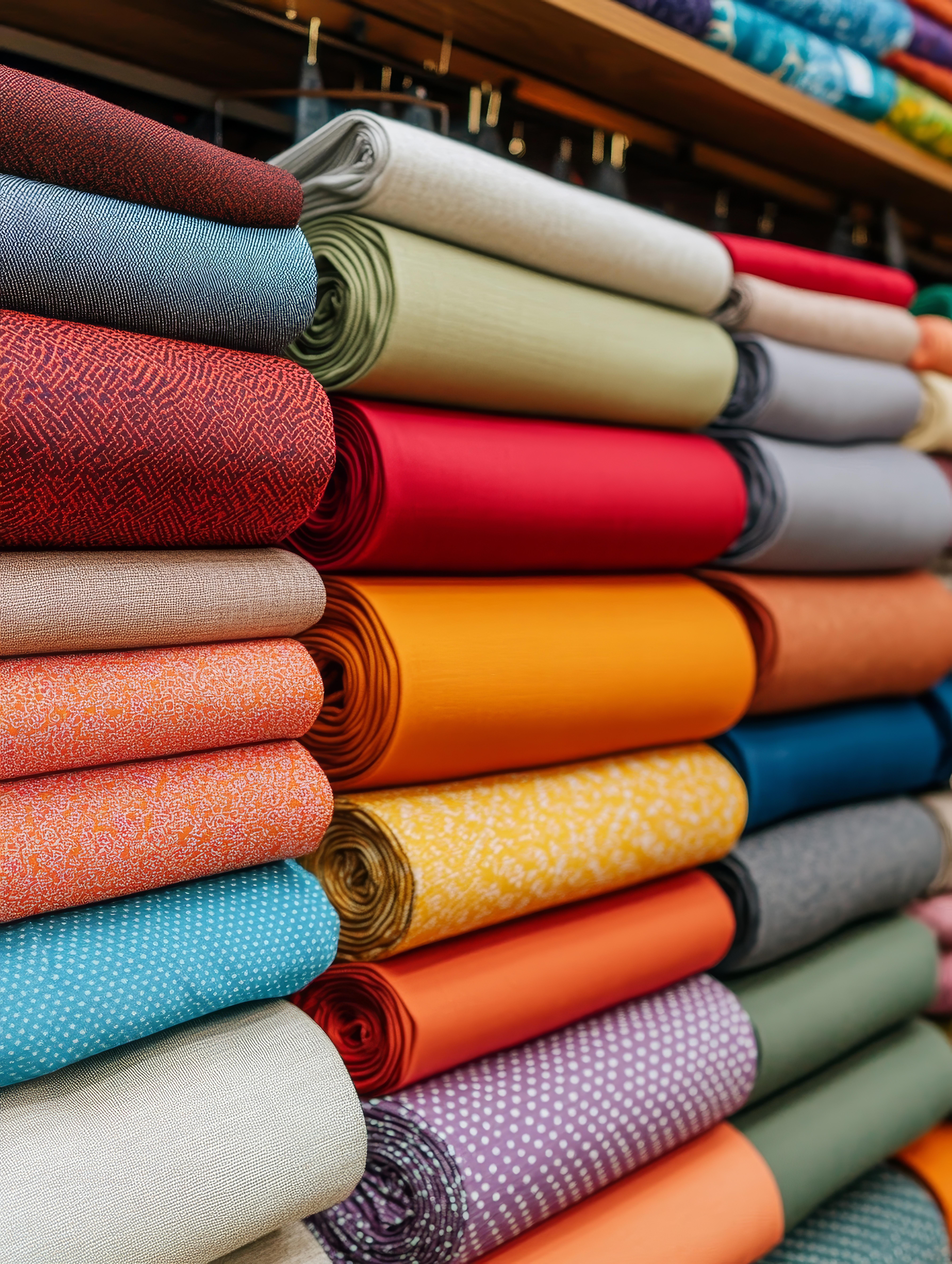
The AI fabric authentication revolution isn’t just happening in laboratories. It’s now embedded in fashion’s everyday workflows:
- Luxury Authentication Platforms:
The RealReal, a leading luxury resale marketplace, employs AI tools like Vision and Shield to flag counterfeit products, helping experts identify over 200,000 fake items since 2011. - Smartphone-Based Spectrometers:
Researchers at Fraunhofer have built AI-integrated near-infrared spectrometers compact enough to fit inside smartphones. This means consumers could soon scan fabric authenticity themselves — turning every phone into a portable verification lab. - Manufacturing Integration:
Textile mills now integrate AI sensors along production lines, ensuring continuous monitoring for weaving consistency, color fidelity, and material authenticity.
These innovations signal a new phase of digital trust in textiles — one where AI safeguards not just profits, but integrity.
Glance AI: Your AI Twin for Authentic, Inclusive Fashion
While industrial AI systems operate behind the scenes, Glance AI brings authentication closer to everyday life — as a personalized AI Twin that helps both brands and individuals verify, explore, and personalize their relationship with fabrics.
What Makes Glance AI Different?
- Personalized Intelligence: Glance AI learns your preferences — from fabric texture and color palette to sustainability values. When you explore products, it flags authenticity markers, recommends verified fabrics, and even explains their origin stories.
- Inclusive Recognition: Whether you’re browsing handwoven cottons from India or silk blends from Italy, Glance AI’s visual intelligence recognizes diverse textiles, cultural weaves, and regional techniques.
Imagine scanning a kurta fabric and instantly knowing whether it’s pure linen or a synthetic blend. Imagine discovering where your handloom saree was woven — or verifying an online claim of “100% organic cotton.” AI makes this experience seamless, empowering you to shop smart, ethically, and inclusively.
Inclusivity and Transparency in Fashion Tech
Authenticity isn’t just a technical goal — it’s an ethical one. AI fabric authentication brings inclusivity by democratizing access to truth:
- For local artisans: It ensures that their genuine handwoven fabrics are recognized and not misrepresented by fakes.
- For small brands: It builds credibility and enables fair competition with large players.
- For consumers: It provides reassurance, clarity, and control.
In a diverse country like India, where thousands of regional weaves—from Banarasi to Ikat—define cultural heritage, AI can protect traditional craftsmanship from imitation.
Glance AI extends this inclusivity further:
- Supports multi-language interfaces for accessibility.
- Promotes sustainability and ethical consumption.
- Personalizes results for every user’s aesthetic and material sensitivity.
When personalization meets transparency, trust flourishes.
The Trust Authority Effect: Why AI Matters in Fabric Verification
AI isn’t just detecting fakes—it’s building digital trust systems that redefine the global fashion ecosystem.
Here’s how AI fabric authentication strengthens each link in the chain:
- Manufacturers: Reduce errors and waste with predictive AI, ensuring genuine production.
- Retailers: Protect brand reputation through verified product listings.
- Consumers: Gain confidence in every purchase — knowing they can verify authenticity independently.
- Supply Chains: Build traceable records that prove ethical sourcing and sustainability compliance.
By integrating AI into these processes, brands cut manual monitoring costs, improve global trade trust, and enhance consumer loyalty.
When these capabilities are humanized through platforms like Glance AI, the relationship between technology and trust becomes truly symbiotic — personal, inclusive, and empowering.
The Future of AI Fabric Authentication
The next wave of AI fabric authentication is about real-time personalization.
Imagine this future:
- You point your smartphone camera at a dress in-store.
- Your AI Twin instantly confirms authenticity, predicts durability, and recommends verified alternatives based on your comfort and values.
- As AI-integrated spectrometers become standard in wearables or devices, every consumer becomes their own mini lab.
AI’s reach will extend far beyond counterfeit detection. It will:
- Predict how fabrics age or wear over time.
- Match climate conditions to recommended materials.
- Suggest ethical substitutes aligned with your sustainability goals.
In short, AI won’t just tell you what’s real — it will help you decide what’s right.
Conclusion: When Every Thread Tells a True Story
AI has redefined what authenticity means in fashion. With AI fabric authentication, brands safeguard their identity, consumers regain confidence, and artisans receive the recognition they deserve.
But beyond data and detection, what truly matters is connection — between maker and wearer, between technology and trust.
That’s where Glance AI shines. Acting as your AI Twin, it humanizes complex AI systems — turning authentication into a personalized, inclusive, and empowering experience. It doesn’t just verify your fabric; it aligns your choices with your values.
In the fabric of fashion’s future, AI is the thread of truth — and Glance AI ensures it’s woven with care, clarity, and connection.
FAQs
1. What is AI fabric authentication?
AI fabric authentication is the use of machine learning, computer vision, and spectroscopy to verify textile authenticity by analyzing patterns, fibers, and weaves.
2. How accurate is AI fabric authentication?
Modern systems achieve up to 99.99% accuracy in identifying fabric defects and counterfeit materials, outperforming manual inspection.
3. Can consumers use AI tools for fabric verification?
Yes! New AI-powered spectrometers can fit into smartphones, allowing everyday users to analyze textiles and confirm authenticity.
4. Why is AI authentication crucial for sustainable fashion?
It reduces counterfeit production, promotes traceable sourcing, and ensures that sustainability claims are genuine and verifiable.
5. How does Glance AI make fabric authentication inclusive?
Glance AI functions as an AI Twin that personalizes fabric authentication for diverse users — supporting regional textiles, multilingual experiences, and sustainable choices.



